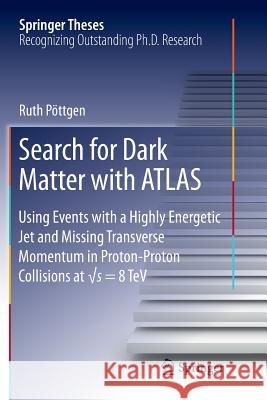Search for Dark Matter with Atlas: Using Events with a Highly Energetic Jet and Missing Transverse Momentum in Proton-Proton Collisions at √s = » książka
topmenu
Search for Dark Matter with Atlas: Using Events with a Highly Energetic Jet and Missing Transverse Momentum in Proton-Proton Collisions at √s =
ISBN-13: 9783319822518 / Angielski / Miękka / 2018 / 322 str.
Search for Dark Matter with Atlas: Using Events with a Highly Energetic Jet and Missing Transverse Momentum in Proton-Proton Collisions at √s =
ISBN-13: 9783319822518 / Angielski / Miękka / 2018 / 322 str.
cena 401,58
(netto: 382,46 VAT: 5%)
Najniższa cena z 30 dni: 385,52
(netto: 382,46 VAT: 5%)
Najniższa cena z 30 dni: 385,52
Termin realizacji zamówienia:
ok. 22 dni roboczych
Dostawa w 2026 r.
ok. 22 dni roboczych
Dostawa w 2026 r.
Darmowa dostawa!
Kategorie BISAC:
Wydawca:
Springer
Seria wydawnicza:
Język:
Angielski
ISBN-13:
9783319822518
Rok wydania:
2018
Wydanie:
Softcover Repri
Ilość stron:
322
Waga:
0.47 kg
Wymiary:
23.39 x 15.6 x 1.8
Oprawa:
Miękka
Wolumenów:
01
Dodatkowe informacje:
Wydanie ilustrowane











